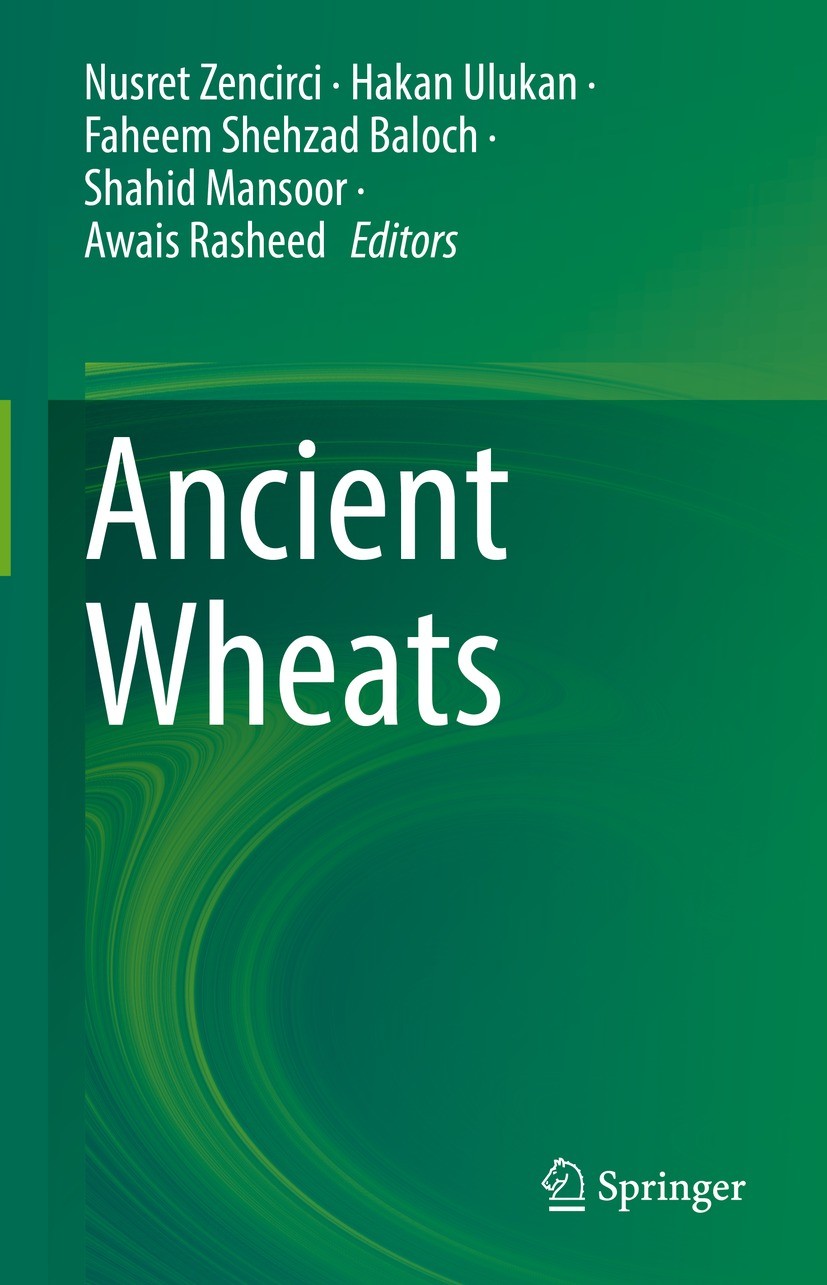| 期刊全称 | Ancient Wheats | | 影响因子2023 | Nusret Zencirci,Hakan Ulukan,Awais Rasheed | | 视频video | http://file.papertrans.cn/157/156999/156999.mp4 | | 发行地址 | All-in-one resource for ancestral landraces conservation and cultivation.Historical perspective on wheat breeding and consumption for laypersons and professionals.Comprehensive account of ancient whea | | 图书封面 |  | | 影响因子 | .Wheat (.Triticum .L.), an annual herbaceous plant in Poacae (Gramineae) family, settles in the Triticeae (Hordeae) subfamily. The grasses (Poaceae Barnhart) are the fifth largest (monocotyledonous flowering) plant family and of great importance for human civilization and life. Cereal crops such as maize, wheat, rice, barley, and millet are the domesticated ones in the family. It is still the most vital economical plant family in modern times, providing food, forage, building materials (bamboo, thatch), and fuel (ethanol). . .Wheat has many accessions in national and international gene banks. The estimated number of wheats by FAO in 2010 is 856,000, and, followed by rice (774,000), and barley (467,000). However, the recent consumer‘s (misdirected) focus on gluten content and nutritional value urges scientists to reexamine their knowledge about wheat (i.e., origin, evolution, and general and special quality characteristics), as well as their wild relatives and landraces for newer possible genetic resources. Cultured or non-cultured ancestral wheats: einkorn, emmer, wild emmer, spelt, macha, and vavilovii are still limitedly grown on the higher areas in Turkey, Italy, Germany, Morocc | | Pindex | Book 2022 |
The information of publication is updating

|
|
 |Archiver|手机版|小黑屋|
派博传思国际
( 京公网安备110108008328)
GMT+8, 2025-11-14 10:43
|Archiver|手机版|小黑屋|
派博传思国际
( 京公网安备110108008328)
GMT+8, 2025-11-14 10:43


